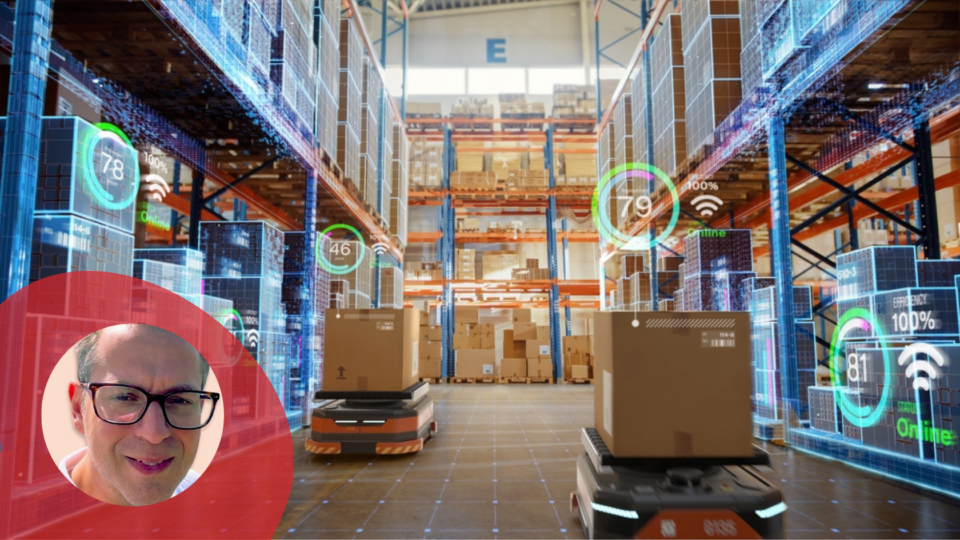Predicting where the next phase of consumer buying behavior is headed has proven notoriously tricky. Ecommerce had been growing at a consistent rate, but its year-over-year growth shot up two to five times faster during the pandemic. And just when we thought ecommerce was the future, brick-and-mortar stores made a comeback in the last year.
The ever-shifting landscape of retail makes any type of prediction questionable, but there are a few hidden trends that are shaping the future of how we buy. The first is the shift away from sprawling warehouses and distribution centers and toward smaller, strategically located microfulfillment centers (MFCs).
After sweeping up millions of square feet in warehouse space to meet the pandemic-driven surge in ecommerce demand, Amazon has now reversed course, closing or canceling dozens of facilities across the country. The company that perfected a global fulfillment network with massive warehouses at its core is now rethinking its approach.
It turns out that bigger isn’t always better. Smaller facilities can fit into spaces closer to city centers, shortening delivery times for local customers. Often, there’s no need to build a new building when these MFCs can easily fit into spaces of a few thousand square feet. Unconventional spaces like a basement parking garage or a former Starbucks can be converted into a working fulfillment center.
Along with faster delivery and reduced real estate costs, going small carries other benefits. A sporting goods store, for example, could reconfigure its floor space so that most of its inventory resides in the back and the display space becomes an activity area with a rock climbing wall, golf simulator and cycling studio. With a flexible approach to fulfillment, the customer visit becomes more of an experience and less of a transaction.
An enhanced customer experience is also at the heart of another emerging trend: crowdsourced merchandising. Brands can leverage their mobile apps to gather information about what products their customers in a city (or even neighborhood) are interested in. This hyper-localized approach personalizes the shopping experience, while the technology behind the scenes refreshes the inventory to match local demand. Merchandise no longer remains on the shelves past its prime, and stores can present a new look in a matter of days.
Robots have become an accepted presence in warehouses, taking on menial jobs like fetching packages while allowing employees to focus on tasks like processing orders and tracking inventory. Most of the time these robots act as extensions of the workforce, alleviating people from dealing with physically strenuous lifting and stacking. But companies still aren’t taking full advantage of the inherent advantages of their robot helpers by creating an environment that plays to their strengths.
This begins with the layout of next-generation warehouses, especially those emerging on a smaller scale. By taking advantage of density and building storage racks from wall- to wall and floor to ceiling to better suit robots, warehouses can fit more products into a smaller space. The available working area becomes more of a cube rather than a square. The extra dimension can increase throughput by up to 400%.
Beyond density, remarkable gains can be made by simply improving the software that drives the robots. Through AI and machine learning, the robot denizens of a fulfillment center can continuously improve traffic patterns, throughput and efficiency all on their own, with their human counterparts reaping the benefits of a more intelligent workplace.
As consumers find the right balance between ecommerce and in-person shopping, they’ll continue to seek fast delivery and personalized service. The brands that emerge as leaders will discover innovative ways to accomplish both.
Jonathan Morav is Head of Product and Strategy at Fabric, a retail technology company that enables exceptional customer experiences from click to delivery. Fabric launched the microfulfillment center (MFC®) concept of local, flexible and automated fulfillment to meet the evolving needs of the retail industry.




